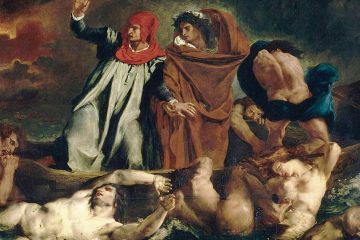Edgar Degas
In the Mind of Great Artists
We could make this publication thanks to small donations. How is 3 minutos de arte supported?
“Daylight is too easy. What I want is difficult: the atmosphere of lamps and moonlight.”
Edgar Degas
The first thing we say about Edgar Degas is that he was an Impressionist. He was in seven of the eight exhibitions held by the movement. However, telling Degas that he was an impressionist was like an insult.
Degas was part of the group’s leadership, but due to his ideas and personal style, he never completely fit in. Something that caused discord among the other painters as well as internal conflicts within the movement
He was interested in capturing the moment and the instantaneousness, as his colleagues were; but he was not interested in capturing the changing atmospheric conditions, or in painting outdoors. He disdained this new tendency to work “au plein air.” Landscape painting, as one might expect, irritated him.
In the quest to capture the moment, the impressionists worked spontaneously. There was another difference with Degas; he was not spontaneous. He himself said: “No art was less spontaneous than mine.”
Degas was a painter of interiors. In short, he was an impressionist who detested some of the practices of Impressionism. He rejected the name attributed to the movement and disliked being associated with it. We can say that, as an impressionist (and perhaps this is what he himself would say) he was a great realist.
The artists who had the greatest influence on him were Delacroix and Ingres, from whom he took the taste for the finished drawing, which was not very impressionist. This use of drawing, of contour, made Degas the least attacked artist, the least criticized of all the impressionists in that famous first exhibition of the group.
In this painting, we can be certain that he shared a passion for Japanese woodprints with the other artists in the group. The type of framing is strange and new for the time. These unusual frames, taken from the Japanese tradition, are a good resource when looking for movement or the effect of instantaneity.
Image: Musicians in the Orchestra (1872)
Recommended links:
Edgar Degas and artificial light.
Characteristic Elements of Impressionist Painting.
Timeline: Artistic movements from Neoclassicism till the end of the 19th century.
You can also find more material using the search engine.




0 Comments